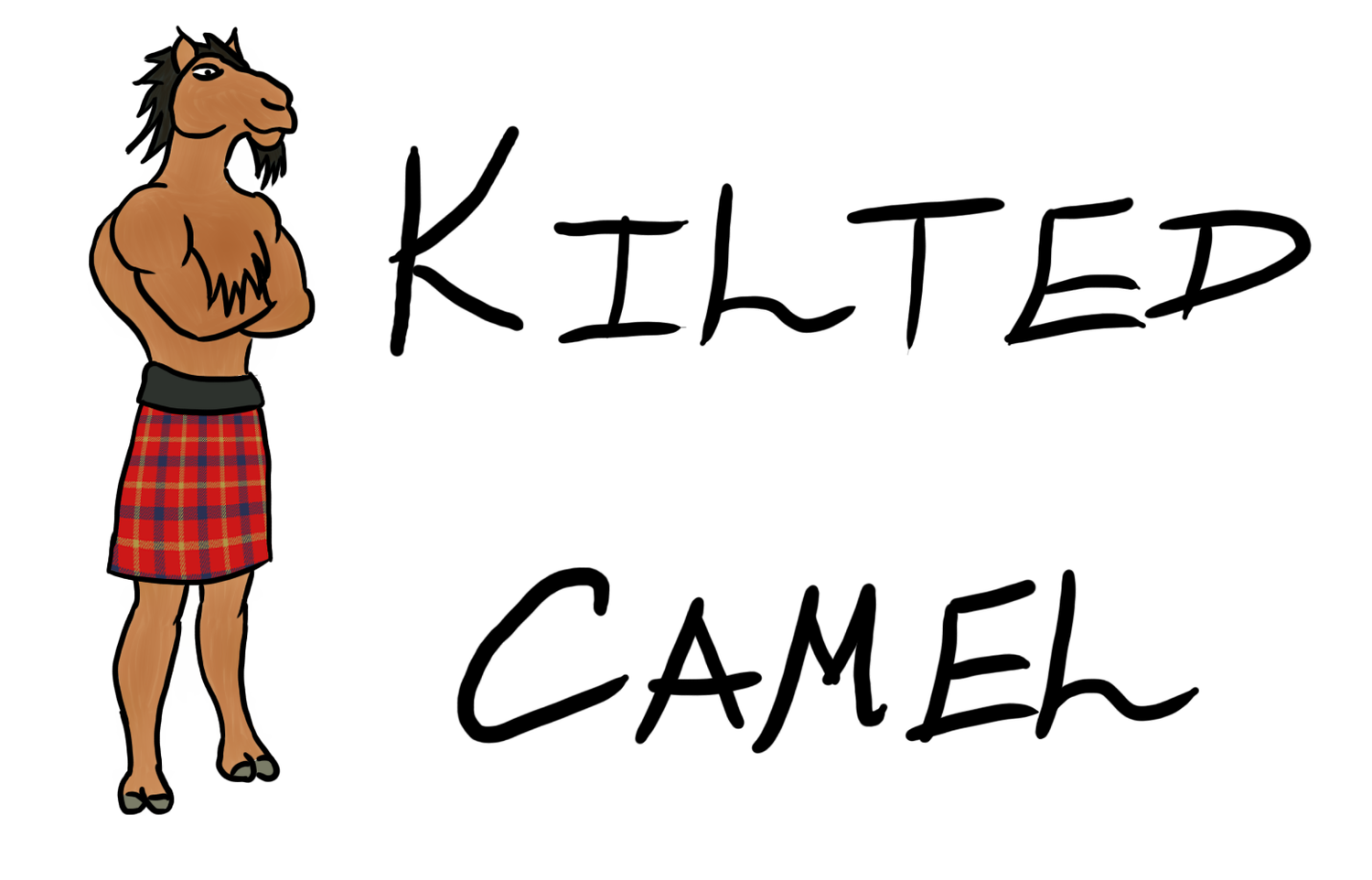In the South of Egypt, at the head of the Nile River lies the Aswan Dam. Constructed in 1902, it is essential for Egypt's economy, generating electricity, and allowing the flooding of the river to be controlled. Of course, Scotsmen have a divine right build haggis factories where they please, so none of this means anything.
In addition to this blog post, you can see a gameplay video taking place on this map at - https://www.youtube.com/watch?v=12Hbb0xbWdU
In this map, the player starts on the high ground in the South-west corner. Enemies can approach either through the marshy area below the dam wall, or across the causeway. To capture the three oat fields in the swamp, the player will have to navigate and protect the islands and shallows. Two aoat fields are near the haggis factory, providing a good fall-back position, and the final oat field is across the causeway.
Also, it would seem I've been remiss in neglecting to introduce the Egyptian hero character, Cleopatra, Queen of the Nile.
Fighting with a bow in ancient Egyptian style, Cleopatra provides some much needed long range fire, able to shoot the furthest of all the hero characters. In melee she fights with a dagger, although she should be kept away from prolonged combat, as she also has the lowest hit points of all the hero characters.









































